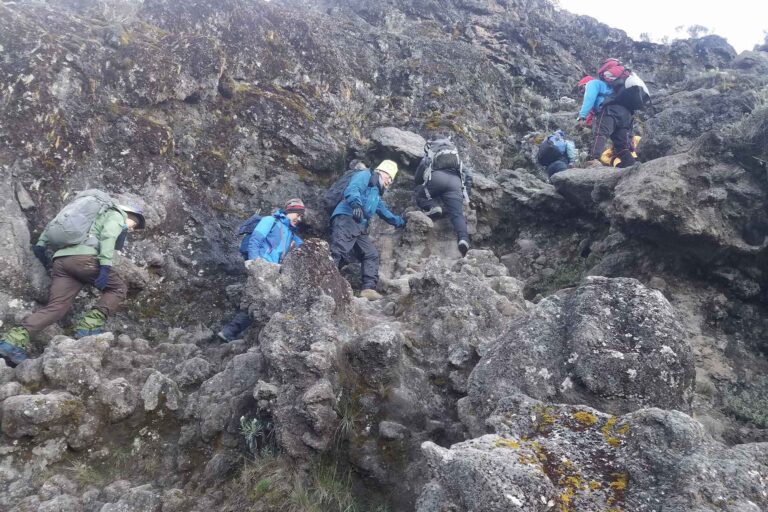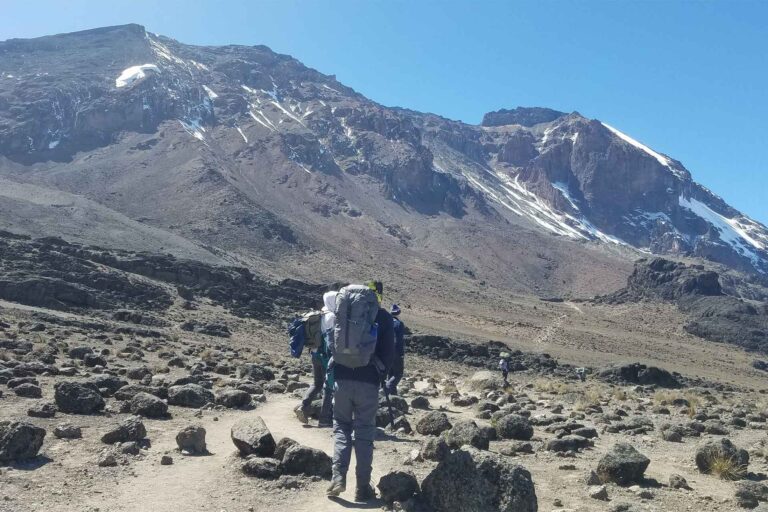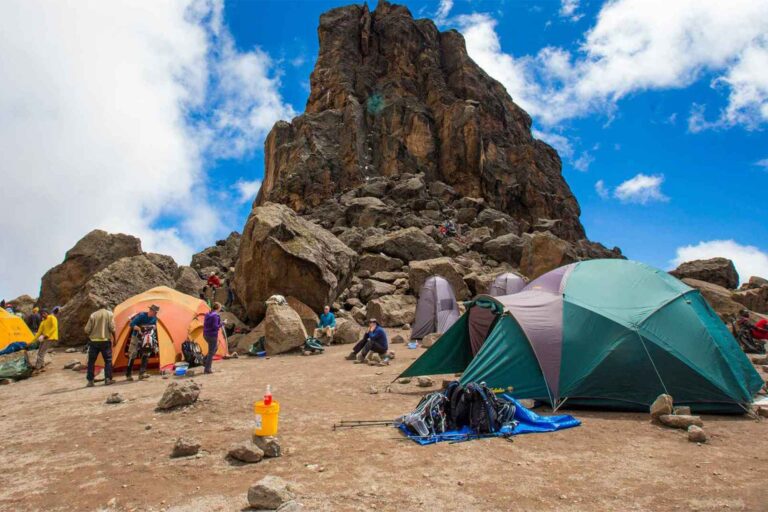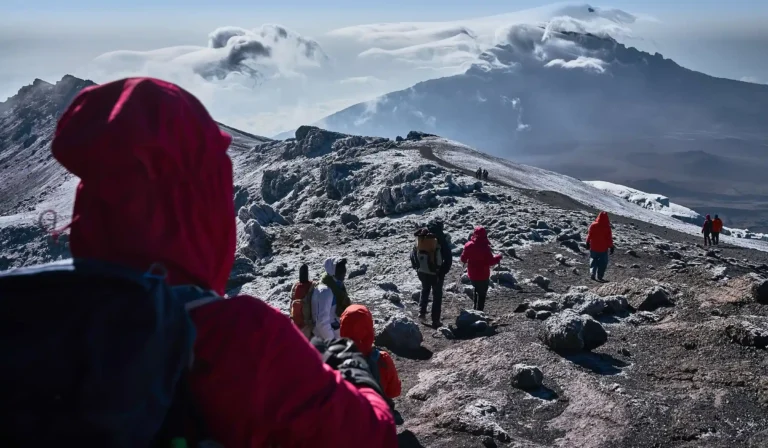Health & Safety on Mt.Kilimanjaro
- Home
- Health & Safety on Mt.Kilimanjaro
Ensuring Health and Safety on Kilimanjaro
Immunizations and Health Precautions
When beginning on the experience of climbing Mount Kilimanjaro, your health comes first. Immunization provides a strong defense against a variety of diseases that may lurk along your route. Vaccines boost the immune system to recognize and destroy harmful organisms such as viruses and bacteria, strengthening our defenses against future illnesses. Vaccines, which protect against over 25 debilitating or life-threatening diseases like as measles, polio, tetanus, and typhoid fever, are critical allies in ensuring a safe ascent.
To protect against disease, it is critical to acquire vaccines for Yellow Fever, Hepatitis A and B, measles, polio, tetanus, diphtheria, and typhoid. Neglecting these procedures may result in unnecessary dangers and health concerns throughout your journey. While the majority of children in the globe receive vaccines on schedule, almost 20 million people continue to face serious health risks as a result of missed immunizations. Thus, following the necessary immunizations for Kilimanjaro is strongly encouraged to reduce any health risks.
The list of recommended vaccinations for East African visitors is updated on a regular basis by the World Health Organization (WHO). Your local healthcare professional will most likely have the most up-to-date information on health precautions and immunizations for Kilimanjaro. Consulting with them guarantees that you receive personalized information and the essential vaccines for a safe and pleasurable travel.
Altitude Sickness: Understanding the Challenge
Altitude sickness is a severe challenge for climbers attempting Mount Kilimanjaro. This phenomena occurs not only because of the mountain’s towering altitude, but also because of the quick pace of ascent common to most Kilimanjaro routes. Acclimatization, or the process by which the body adjusts to lower oxygen levels at higher altitudes, is critical for reducing the risk of altitude-related diseases.
Navigating Oxygen, Air Density, and Altitude Changes
Acclimatization is dependent on the complicated interplay of oxygen levels, air density, and altitude fluctuations. At sea level, oxygen accounts for around 21% of the air, with a barometric pressure of around 760 mmHg. As altitude rises, the oxygen concentration of the air remains practically constant until around 21,000 meters (69,000 feet). However, air density decreases, putting less pressure on oxygen molecules and requiring adaption processes within the body.
Maintaining Blood Oxygen Saturation.
To compensate for the lower oxygen supply, the body breathes more quickly and deeply, even when at rest. This increased respiratory effort tries to raise blood oxygen saturation levels (SO2), which are essential for maintaining basic functions. As climbers travel to higher altitudes, blood oxygen saturation normally decreases, dropping to roughly 80% near Kilimanjaro’s summit.
Managing Sunburn Risks
Sunburn is more likely when ascending Mount Kilimanjaro because of the high UV exposure. To protect against damaging UV rays, wear sunscreen with an SPF of at least 30. Wearing a wide-brimmed hat to protect the face, as well as UV-protective sunglasses with side shields, will help prevent sun-related skin damage.
Addressing Foot Problems
Proper footwear is essential for avoiding foot pain and injury throughout the ascent. Ill-fitting or new boots can create blisters and pain, reducing the overall climbing experience. Maintaining a proper fit and trimming toenails reduces the danger of friction and pain. Addressing any foot discomfort or blisters as soon as possible with zinc oxide tape or adhesive bandages helps to avoid further issues and ensures that the journey continues uninterrupted.






